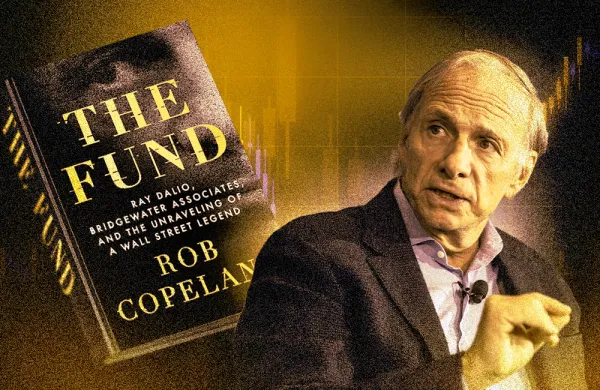Data were hot enough this week to snare a prominent feature in The New York Times Sunday Review – not the business section, the section for civilians. Under the sweeping title, “The Age of Big Data,” The Times splashed a half page illustration showing how the “Moneyball” model of recent movie fame puts numbers to work in baseball.
Institutional investors who play moneyball don’t pick second basemen; they parse whopping quantities of information that courses nowadays over the Internet and social media. The goal: distill advance knowledge of trends still in its foothills. The theory goes down easily, given so much information these days. It recalls the old story about a kid in a stable digging away at a mountain of horse manure because he’s convinced so much manure means there has to be a pony.
Even with a little extra knowledge through friendship and occasional advice to an entrepreneur in sentiment analytics, I find myself wondering if anyone has yet seen a pony or even some evidence. Plenty are digging. Bing turned up 1.3 million hits for “sentiment analysis,” 938,000 hits for “predictive analytics” and 537,000 hits for “market sentiment.” So where is that money manager who will tell me that a predictive analytics tool gave five days, five hours or five minutes advance warning that a subtle trend was heading for glory.
Short of visiting thousands of web pages, I took a shortcut. I called Rob Passarella, vice president, Dow Jones Financial Markets. He is as up on analytics as anyone, not least because of news on Valentine’s Day that Dow Jones introduced a product called News Analytics to the trading community. In short, this new product marshals a roster of tools from multiple vendors all aimed at sending fresh signals about market sentiment to traders, quantitative analysts and risk managers.
At first, Passarella’s reply sounded frustrating. He couldn’t name a single instance that elicited a wow — a sign, say, that the software caught disfavor building toward a hot company or sector before the stock price slid or early good news with the opposite effect. The evidence that that analytics really pay off remains circumstantial, he conceded. But many trial lawyers prefer circumstantial evidence to malleable eyewitnesses subject to visual deficiencies and memory loss. What Pasarella has seen is professional investors gobbling up academic papers on flows of negativity in earnings statements and “natural” language processing. “When there is a conference,” he says, “they’re asking all the questions.”
Passarella doesn’t need his socks knocked off to have faith in the value of market sentiment and predictive analytics. It’s enough to know that when trading activity increasingly becomes automated, humans need lightning fast insight into market movements so long as insight grasps context. “I had an awakening when a computer won Jeopardy,” Passarella says. “It could look at data and recognize Madonna in the context of singing versus context of a church.” In the new realm of predictive analytics, computers sense nuance, as when a CEO resigning is good news for investors — or bad.
Still, warns Passarella, no one should use sentiment alone, however much it teaches. It’s just an important piece of the puzzle, he says. An increasingly important one.






